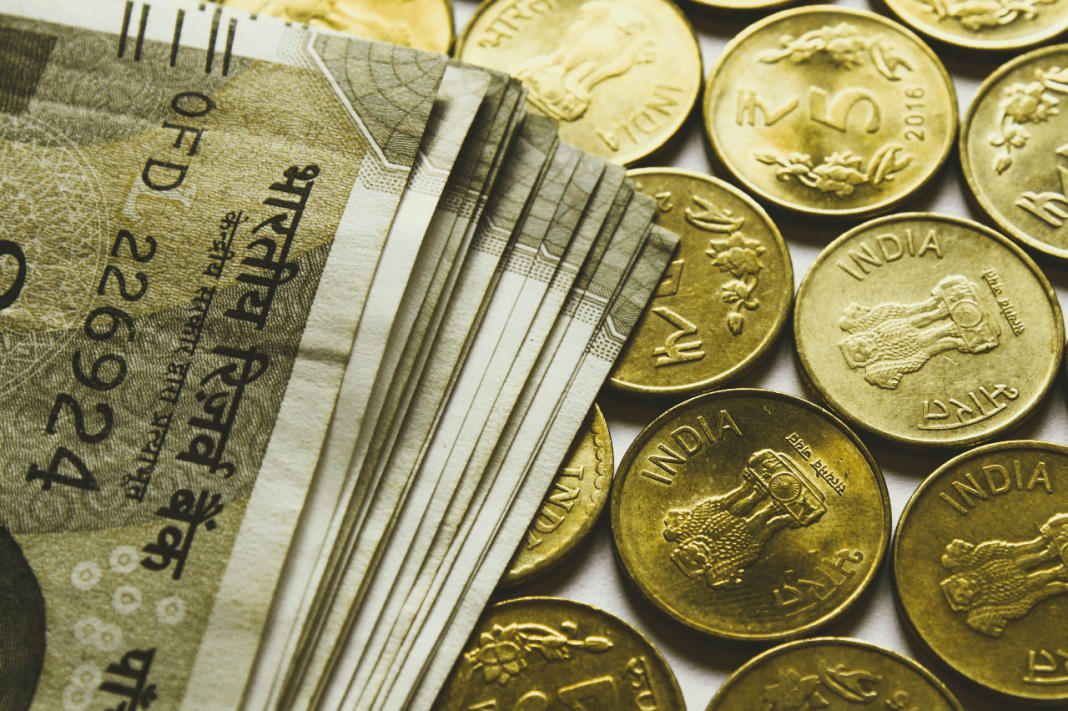On 8th November 2025, the Indian Rupee (INR) had oscillated against the world’s leading currencies in both directions, which is an indication of global economic mood and trade relations. As the rupee was stable to the US dollar, it was slightly weak to the Euro and the regional currencies. The skeptical monetary policy of the Reserve Bank of India (RBI) and the volatility of prices of crude oil still affect the trends in the exchange rates. Analysts observe that the performance of the rupee, as noted in Current News India, is being influenced by the inflows of money, world inflationary trends, and the risk appetite of investors in the face of uncertainties in geopolitics and the situation in the foreign exchange market.
INR Exchange rate Comparison (8th November 2025)
The Indian Rupee, in comparison with the principal world currencies, was as follows:
- 1 USD = ₹88.67
- 1 EUR = ₹102.60
- 1 BDT (Bangladeshi Taka) = ₹0.7265
- 1 PKR (Pakistani Rupee) = ₹0.3158
- 1 RUB (Russian Ruble) = ₹1.095
Those rates demonstrate that, although the rupee remained at a moderate level against the South Asian currencies, it was stronger than the major world currencies such as the Euro and the Dollar, similar to the trend seen in Gold rates.
Market Trends and Economic Outlook
A combination of local and foreign factors, such as the trend of foreign investment, the fluctuation of oil prices, and inflation data, is guiding the movement of the rupee. The INR range-bound is being supported by a stable dollar index, and foreign fund inflows are being conservative. Analysts forecast that the rupee will appreciate slowly over the next few weeks as long as inflationary pressures reduce and foreign inflows of investment rise.


